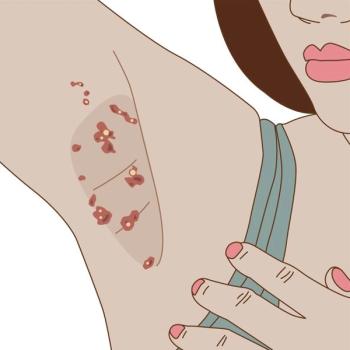
New Sunscreen Labels Decoded, But Are Sunscreens Safe?
There are 3.5 million cases of skin cancer each year, which is more than new cases of breast, prostate, lung, and colon cancers combined.
The FDA now requires that
A new survey of 1400 sunscreen products conducted by the watchdog Environmental Working Group (EWG) found that most products meet the new FDA requirements. But 1 in 7 products the group reviewed claimed a sun protection factor (SPF) rating higher than 50. Many dermatologists look skeptically at products with high SPF numbers because they can give people a false sense of security.
The new labels should help people make better sunscreen choices, but the question remains: Are sunscreens safe? Of 800 tested sunscreens, only 25% were effective at protecting skin without the use of
However, the
Although skin cancer is largely preventable, it remains by far the most common type of cancer in the United States. There are 3.5 million cases of skin cancer each year, which is more than new cases of breast, prostate, lung, and colon cancers combined. And melanoma incidence rates have been increasing for at least 30 years, according to the American Cancer Society.
To reduce the risk of skin cancer and early aging, the AAD
Sunscreen should be
Karthik Krishnamurthy, DO, chief dermatology consultant with the Melanoma Program at Montefiore Einstein Center for Cancer Care, offers the following
• Give skin the once-over. Just 1 full-body skin check by a physician can be a lifesaver. In addition, monthly self-exams from the top of the head to the soles of the feet are highly effective in detecting early warning signs of melanoma, such as a mole that looks different. “I remind patients of the ‘ABCDE’ rule to detect changes in a mole: A is for asymmetry, B is for border, C is for color, D is for diameter, and E is for evolving,” says Dr Krishnamurthy. “Any suspicious-looking moles or moles that have changed shape or color should be looked at by a physician as soon as possible.”
• Know your risk. Just 1 blistering sunburn, even in childhood, is enough to substantially increase a person's lifelong risk of melanoma. Other risks include frequent sunbathing or indoor tanning and a family history of melanoma. “Fair-skinned individuals with red or blond hair and light-colored eyes are also at higher risk,” says Dr Krishnamurthy.
• Don’t assume darker skin makes you immune. A survey of 1000 Hispanic adults in New York and Miami conducted by Dr Krishnamurthy showed alarming misconceptions about perceived risk. Nearly half of respondents believed those with darker skin cannot get skin cancer. “This is very concerning because although melanoma is less common in darker-skinned individuals, there is a higher risk of late diagnosis with advanced melanomas and lower survival rates,” he says.
Newsletter
Enhance your clinical practice with the Patient Care newsletter, offering the latest evidence-based guidelines, diagnostic insights, and treatment strategies for primary care physicians.
















































































































































































































































































